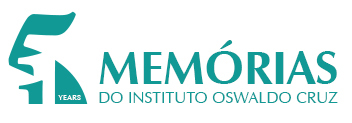Nitric oxide (NO) participates in neuronal lesions in the digestive form of Chagas disease and the proximity of parasitised glial cells and neurons in damaged myenteric ganglia is a frequent finding. Glial cells have crucial roles in many neuropathological situations and are potential sources of NO. Here, we investigate peripheral glial cell response to Trypanosoma cruzi infection to clarify the role of these cells in the neuronal lesion pathogenesis of Chagas disease. We used primary glial cell cultures from superior cervical ganglion to investigate cell activation and NO production after T. cruzi infection or lipopolysaccharide (LPS) exposure in comparison to peritoneal macrophages. T. cruzi infection was greater in glial cells, despite similar levels of NO production in both cell types. Glial cells responded similarly to T. cruzi and LPS, but were less responsive to LPS than macrophages were. Our observations contribute to the understanding of Chagas disease pathogenesis, as based on the high susceptibility of autonomic glial cells to T. cruzi infection with subsequent NO production. Moreover, our findings will facilitate future research into the immune responses and activation mechanisms of peripheral glial cells, which are important for understanding the paradoxical responses of this cell type in neuronal lesions and neuroprotection.
parasite; nitric oxide; superior cervical ganglion; glial cell culture



